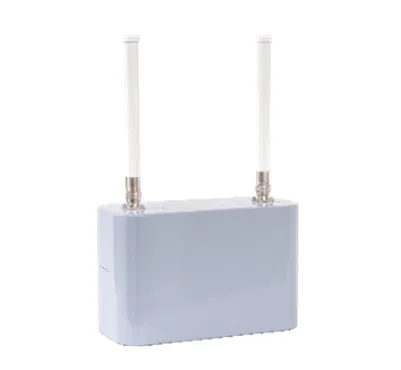Siemens, as a member of the Tampa-Hillsborough Expressway Authority (THEA) team, has been chosen by the US Department of Transportation (USDOT) to provide vehicle-to-infrastructure (V2I) technology for a new connected vehicle pilot project.
Siemens V2I technology will enable vehicles and pedestrians to communicate with traffic infrastructure like intersections and traffic lights in real-time to reduce congestion specifically during peak rush hour in downtown Tampa. The technology will also help improve s
March 24, 2016
Read time: 2 mins
Siemens V2I technology will enable vehicles and pedestrians to communicate with traffic infrastructure like intersections and traffic lights in real-time to reduce congestion specifically during peak rush hour in downtown Tampa. The technology will also help improve safety and reduce greenhouse gas emissions.
This is one of three projects funded by the USDOT to pilot next-generation technology in infrastructure and vehicles that can impact unimpaired vehicle crashes, which make up 80 percent of the crashes on the road.
Siemens is working in partnership with THEA to identify how to implement CV technologies including: Intelligent traffic signal systems to coordinate signals and pedestrian crossings that respond immediately to traffic conditions in real-time and provide signal priority; Curve speed warnings to alert drivers if they are approaching a curve at a speed that may be too high for safe travel; Transit bus operator alerts when pedestrians may be in a crosswalk or when vehicles attempt to go around a bus in order to avoid potential conflicts; Automated calls or audio cues for impaired pedestrians to safely navigate crosswalks; Intersection Movement Assistance that warns drivers when it is unsafe to enter an intersection, for example when something may be blocking the driver’s view of opposing of crossing traffic, and forward collision warnings for hard braking in the traffic stream; Probe-enabled traffic monitoring to transmit real-time traffic data between vehicles.
The connected vehicle systems are able to communicate with both new and older vehicles through new in-vehicle technology, an on-board unit such as a satellite radio, or a smart phone application. This project will help the USDOT develop the technology, data and baselines to be fully compatible with crash avoidance systems of new cars beginning in the 2017 model year.










